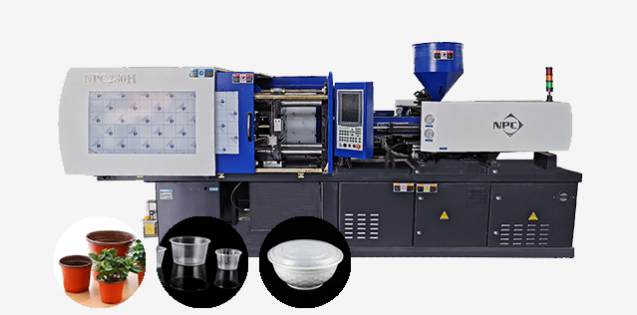News
Site Editor
 Site
https://npcinjection.usa72.wondercdn.com/uploads/image/68fa07b80aa88.png
Injection molding is a process that involves injecting material into a closed mold. It can be done with a variety of materials. Materials such as metals, glasses, and, sometimes, elastomers and other polymers.
Site
https://npcinjection.usa72.wondercdn.com/uploads/image/68fa07b80aa88.png
Injection molding is a process that involves injecting material into a closed mold. It can be done with a variety of materials. Materials such as metals, glasses, and, sometimes, elastomers and other polymers.
Advantages and Disadvantages of Injection Moulding
Views: 4561
Author: Site Editor
Publish Time: 2022-07-25
Origin: Site
Injection molding is a process that involves injecting material into a closed mold. It can be done with a variety of materials. Materials such as metals, glasses, and, sometimes, elastomers and other polymers.
The parts that need to be injection molded must be carefully designed per the molding process.
There are important factors that need to be considered in injection molding. Such as;
-
The material used for the part
-
The desired shape and characteristics of the part.
-
The material and design of the mold, as well as the properties of the molding machine.
-
The number of parts required and the useful life of the tools should also be considered.
Benefits and Downsides of injection molding
Injection molding allows you the flexibility to produce a wide range of parts of good quality in a limited amount of time. Below, we have put together some of its advantages and disadvantages.
Advantages of injection molding
-
Fast production rate.
-
Low labor costs.
-
Design flexibility.
-
High-performance and quality products.
-
Good product consistency.
-
Allows the use of multiple materials at the same time.
-
It is very effective in the production of very small parts.
-
Good dimensional control.
-
Leaves little to no production waste.
-
Gives the freedom to include inserts
-
Offers excellent color control.
-
Injection molding helps to reduce requirements for finishing.

Disadvantages of injection molding
The initial costs of production lean towards the high side due to design, testing materials, and tooling requirements.
If you are going to produce parts in high volumes, you need to be sure to get the design right the first time. However, getting the design can be more complex than you think. The process involved includes:
-
Design and subsequent prototyping of the part according to specification
-
Initial prototype development is generally done on a 3D printer and often in a different material from which the final part will be made.
-
Design of an injection molding tool for the first round of production
-
Generating 300-1000 injection molded prototypes in production material requires the development of an injection molding tool.
-
Refine every detail in the injection mold tooling before mass production in an injection mold manufacturing facility.
Why Injection Molding?
The greatest advantage of injection molding is the ability to scale from small to mass production in record time.
Once the initial costs have been paid, the unit price during the manufacture of injection molding is extremely low. The price also tends to drop drastically as more parts are produced.
How does injection molding work?
There are a lot of processes in injection molding:
-
The part material is put into a heated barrel, mixed, and forced into a mold cavity, where it cures and hardens to the cavity's configuration.
-
Molds are typically made of metal, typically steel or aluminum, and are precision machined to form the features of the part.
-
They may need to be split in various ways to eject the finished part or locate inserts that are stuck to the product.
-
Most elastomeric thermoset polymers can be injection molded, although some adjustments to the compound might be needed.
Do you want your own injection molding machine?
We've talked about the advantages and the downsides of injection molding. Now, if you want to get it right, you need an effective injection molding machine.
A machine that will help you produce quality in record time. Kindly click here to get yours.


